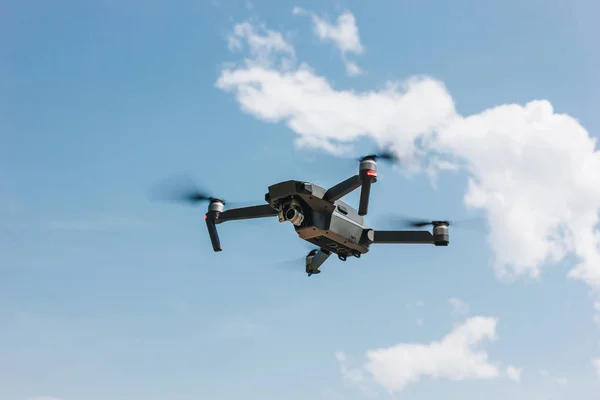
In the weeks leading up to Donald Trump and Vladimir Putin’s summit in Alaska, the fields of eastern Ukraine have changed with disconcerting rapidity. Russian troops have broken through Ukrainian defenses around Dobropillia and are pushing toward Pokrovsk, a logistics center whose fall could unwind defensive lines across Donetsk. The timing is not coincidental.
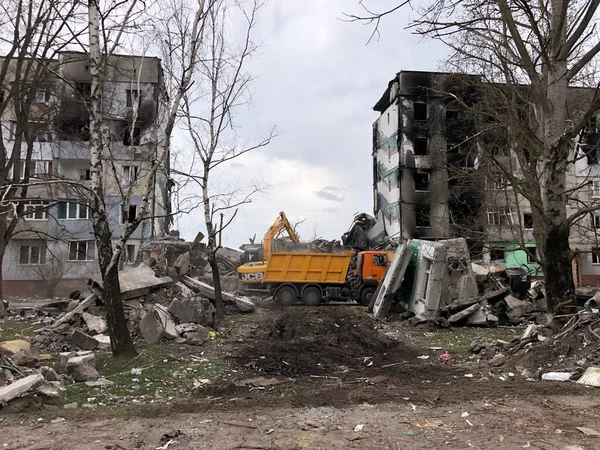
Institute for the Study of War analysts point out that Moscow has, in the past, initiated offensives prior to negotiations so as to obtain bargaining leverage, such as in 2014 and 2015.
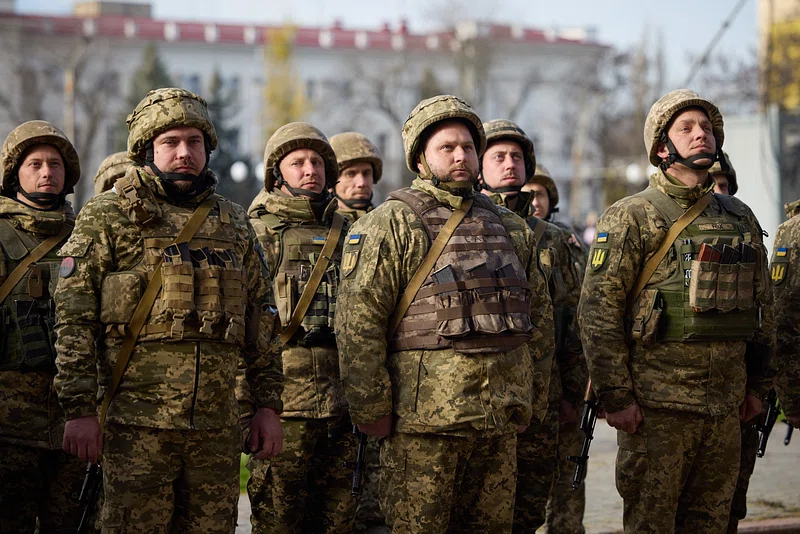
1. The Tactical Breach at Dobropillia
DeepState’s open-source mapping depicts Russian forces pushing forward as much as 10 kilometers in two directions, capturing several villages and endangering the Pokrovsk–Kostiantynivka axis. Geopolitical commentator Joni Askola termed the violation as “real, risky, and timed for pressure,” cautioning that although not yet a working breakthrough, it is “big enough to matter” in contemporary attritional war. Ukrainian troops, such as the 1st Azov Corps, have been deployed in haste to hold back infiltration by small units of Russians taking advantage of gaps in man-stretched defenses.
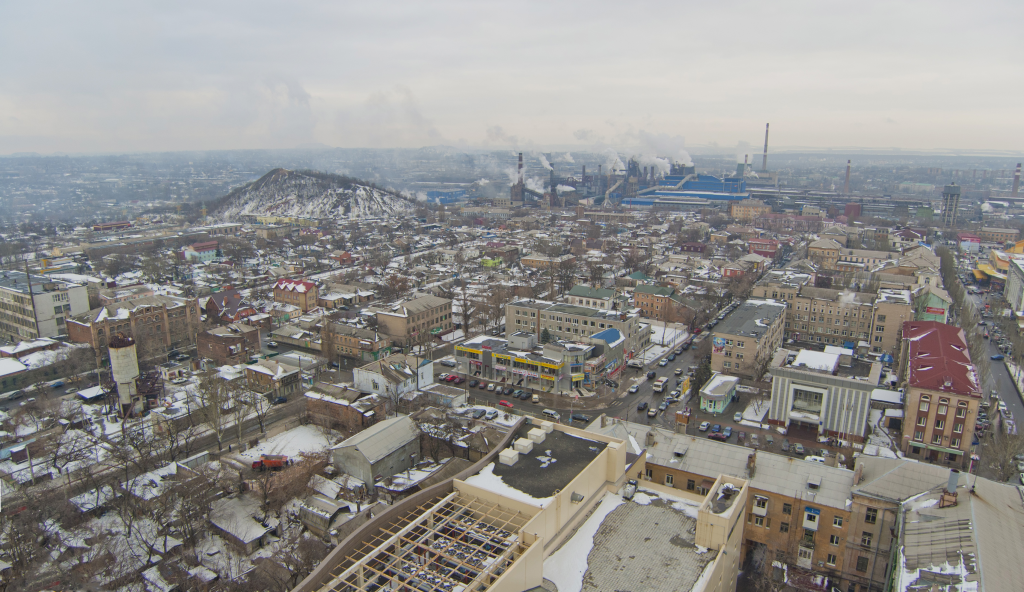
2. Pokrovsk: A Strategic Fulcrum
Pokrovsk’s importance is both geographical and industrial. It connects Donetsk to Dnipropetrovsk region and is home to Ukraine’s sole coking coal mine, which previously produced 90% of the country’s steel output. The city’s pre-war population of 60,000 has fallen to less than 7,000, most of whom are taking shelter in basements subject to non-stop drone and artillery bombardments. If Russian troops severed the Pavlohrad–Pokrovsk highway, the garrison would be at risk of encirclement, similar to the expensive evacuations from Avdiivka and Vuhledar.
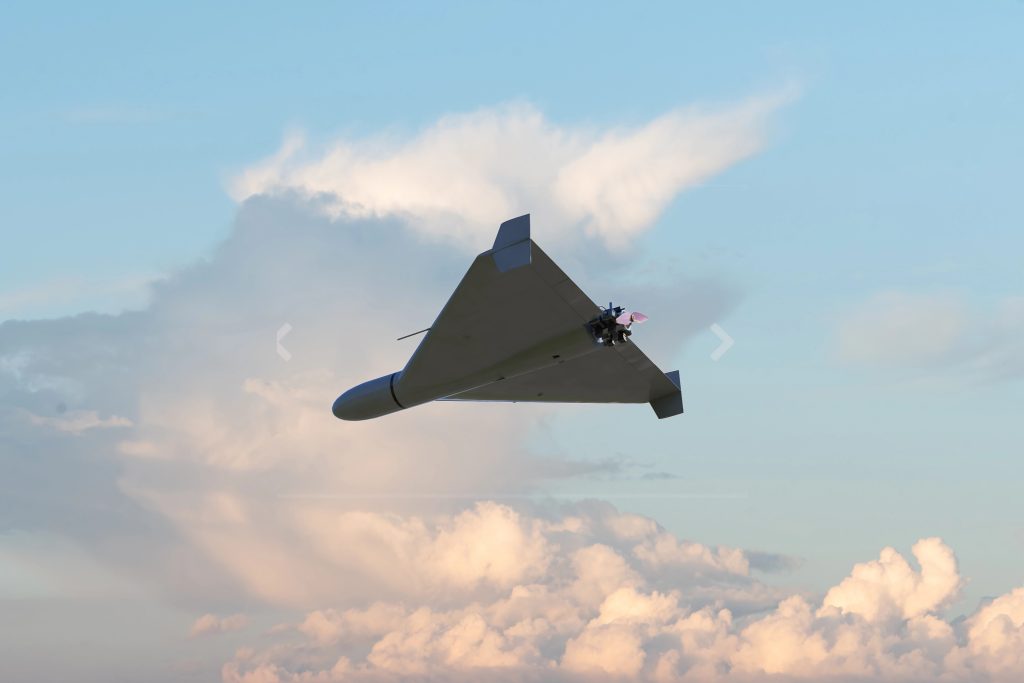
3. Shahed Drones as a Force Multiplier
The most recent Russian push is facilitated by an ongoing Shahed-series loitering munition campaign. Initially Iranian-produced, these drones are now mass-manufactured in Russia with Chinese CUAV avionics and Western-sourced electronics. Upgrades to include multi-constellation GNSS receivers that are jam-resistant, terrain-following autopilots, and inertial navigation fallback, allowing low-altitude ingress that avoids radar. Precision is now achieved against point targets with 30-40 kilogram warheads, pushing their use beyond indiscriminate bombing.
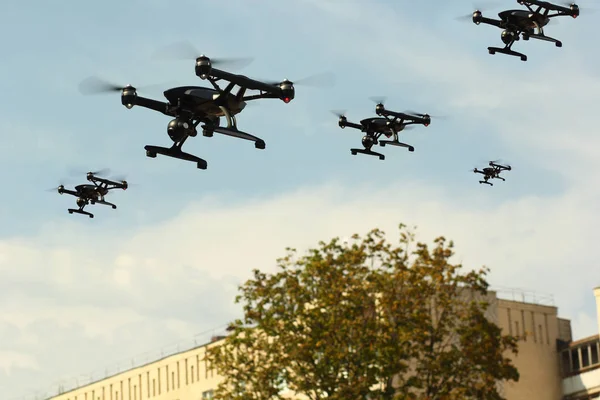
5. Saturation Strategy and Decoys
Russia’s drone strategy is based on cost asymmetry: every Shahed costs somewhere between $20,000–$50,000, and interceptors potentially run into hundreds of thousands. Launch rates since February 2025 have skyrocketed to an average of 140 drones a day, with decoys in the form of Gerbera and Parody often being used to replicate Shahed radar signatures. Ukrainian troops indicate that on February 23, a record number of 267 drones were released in one wave. Despite having a high rate of interceptions more than 9,000 Shaheds destroyed from August 2024 to March 2025 the relentless pressure puts a strain on air defense preparedness.

5. Ukrainian Countermeasures
Kyiv’s tiered air defense combines early warning radars, mobile short-range systems, man-portable missiles, and electronic warfare units. New innovations involve tens of thousands of acoustic sensors into the DELTA command-and-control system, which allows for quick allocation of countermeasures. Mobile air defense teams and improvised interceptor drones have been effective, but the size and technology development of Russian UAVs are pushing Ukraine to consider high-energy laser systems and deeper penetration into production centers such as the Alabuga Special Economic Zone.

6. Constitutional Restrictions on ‘Land Swaps’
While Trump suggests “some land swapping” in Alaska, the constitution of Ukraine is an immovable obstacle. Article 2 states the land “indivisible and inviolable,” and Article 157 prohibits amendments which infringe on territorial integrity. All changes in borders must be approved by an all-Ukrainian referendum, an unthinkable reality considering public opinion following three years of war. Constitutional experts contend that secession through such a system would necessitate an entire reconstitution of the state, rather than a mere amendment.
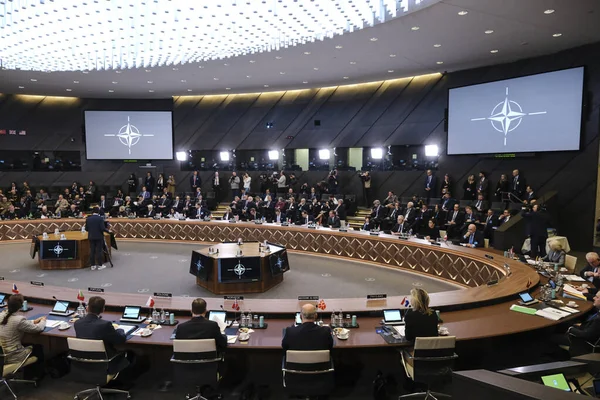
7. Negotiation Dynamics and Military Signaling
Putin’s probable objective is to present the occupation of Donetsk, Luhansk, Zaporizhzhia, and Kherson as fait accompli, compelling the U.S. to agree to a ceasefire on that basis. By moving ahead now, Moscow can offer battlefield victories as faits accomplis. NATO officials, however, insist that “borders must not be changed by force,” and European leaders have warned Trump that any agreement not signed by Kyiv will be “dead decisions.” The Alaska summit therefore represents a test of whether military momentum can be translated into diplomatic concessions.
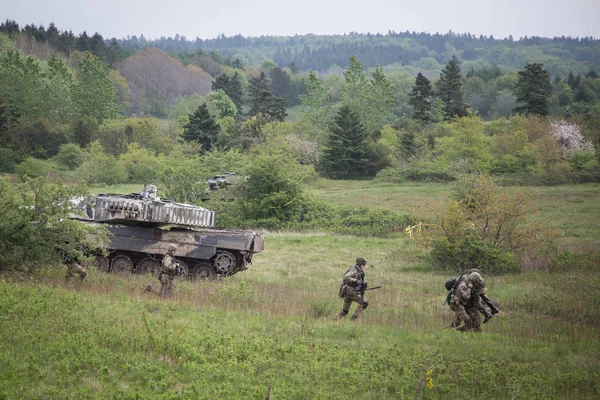
8. The Broader Strategic Picture
Outside Donetsk, Russian redeployments from less important fronts and combined exercises with Belarus indicate a continuing emphasis on eastern Ukraine. Success or failure of the offense will determine not just the negotiating table in Alaska but also the direction of the war into 2026. For Russia, control of Pokrovsk is as much a matter of depriving Putin of a symbolic win as of maintaining the integrity of its defense network. For Ukraine, each kilometer captured before the crest tightens its grip on negotiations that may reorganize Europe’s order of security.

